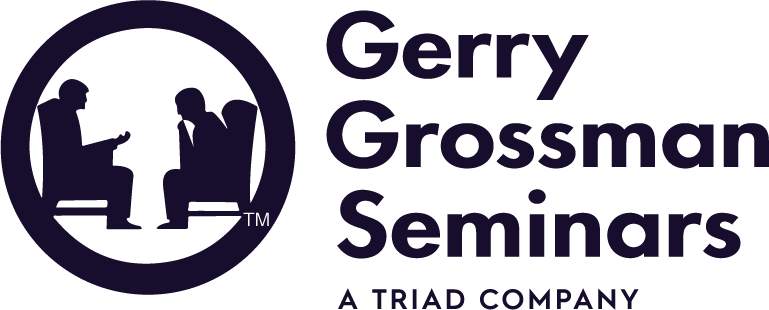36-Hour California Complete Renewal Online Text and Video CE Suite (36 CE)
This Continuing Education CE suite is specially designed and priced to complete all your required continuing education hours for your subsequent California MFT or LCSW license renewal. Complete all 36 hours of continuing education for licensure renewal in one place and at a substantial discount.
Law and Ethics 2024 Online Text-Based Home Course (6 CEs)
A thorough understanding of current laws and ethical standards pertaining to psychotherapy is critical for mental health professionals. This text presents comprehensive and up-to-date information specific to recently enacted legislation as it pertains to mental health professionals in California. It also includes an overview of issues such as privilege and confidentiality, danger to self or others, treatment of minors, mandated responsibilities, telehealth, health insurance and private practice, and other legal issues related to mental health practice. Recent changes in the law are highlighted.
Author: Gerry Grossman, M.A., LMFT
Target Audience: Introductory, Intermediate, and Advanced; California LMFTs, Social Workers, LPCCs, and LEPs.
Upon completion of this course, participants will be able to:
- Assess and manage legal responsibilities pertaining to both mandated and permitted exceptions.
- Assess and manage ethical responsibilities including dual relationships, establishing and maintaining clinical boundaries, managing countertransference, and engaging the client in the informed consent process.
- Maintain a standard of care to protect against charges of criminal, civil, and ethical wrongdoing.
- Describe how to consult to better uphold legal and ethical responsibilities.
Working with Suicidal Clients CE Online Text-Based Course (3 CEs)
This course will explore suicide risk that is associated with mental disorders, particular ethnic populations, and with regard to age (e.g., elders, children, adolescents and college-age adults). This presentation provides therapists techniques for developing suicide assessment protocols and treatment interventions, and in treating suicidal behaviors using a Dialectical Behavior Therapy model.
Authors: Gerry Grossman, MA, LMFT, Melanie Haro, MA, LMFT, Kristen Hudson, MA, LMFT, Nancy Klein, MA, LMFT, Chuck Moshontz, MA, LMFT, Mary Ella Viehe, Ph.D, LMFT
Target Audience: Introductory and Intermediate; LMFTs, Social Workers, LPCCs, Nurses, Substance Abuse Counselors, and other mental health clinicians.
Upon completion of this course, participants will be able to:
- Identify mental disorders commonly associated with high suicide risk.
- Identify cultural and age group characteristics that may increase suicide risk.
- Utilize suicide assessment and treatment protocols.
- Integrate Dialectical Behavior Therapy concepts and interventions into suicide treatment.
*This course satisfies the following California BBS Pre-licensure requirements:
- 3 hours toward the 15 hours of Crisis or Trauma Counseling required for California LPCC candidates
Suicide: The Aftermath CE Online Text-Based Course (4 CEs)
Suicide is the 11th leading cause of death in the United States, and for every person who completes a suicide, there are at least six to 10 “survivors” who will grieve the consequences. Suicide can be a stigmatizing process, such that survivors may face blame and social exclusion, and may blame themselves for the death of their loved one. Their grief process may not be suited for typical grief counseling models, so therapists working with this population need to explore their own assumptions and traditional approaches to grief and loss.
Authors: Samantha Deming, MA, LMFT, Patricia Patton-Lehn, Ph.D., Aaliyah Madyun, B.A.
Target Audience: Introductory and Intermediate; LMFTs, Social Workers, LPCCs, Nurses, Substance Abuse Counselors, and other mental health clinicians.
Upon completion of this course, participants will be able to:
- Identify and assess the distinctive characteristics, and the mental and physical health risks that survivors of suicide face.
- Assess for “complicated grief” and adjust traditional grief counseling models to meet the unique needs of survivors.
- Identify the range of symptoms and treatments for suicide-bereaved children, parents, and mental health professionals.
- Utilize family systems techniques and postvention strategies to help survivor clients
7-Hour CE Child Abuse Video Course
- Video courses are filmed at live GGS classes and separated into segments of 30 minutes or less.
- Online courses offer the post-test online for instant course completion.
- You can repeat the post-test if you don't pass.
- Online courses are available to you immediately after purchase.
- California LMFTs, LCSWs, LPCCs and LEPs can fulfill 100% of their CE hours online.
| Asset Includes | Online Programs |
|---|

